Coffee is responsible for hundreds of millions of jobs from coffee farming and coffee processing, to coffee trading, transportation and coffee marketing. Many country’s economies are dependent primarily upon coffee, and about seventy countries – all between the Tropic of Capricorn and the Tropic of Cancer – now grow coffee commercially. The coffee industry overall generates about US$60 billion annually.
Yet coffee remains a humble beverage brewed from a simple bean, (a seed really), found at the centre of a small berry that grows on a medium-sized bush/tree and blooms once each year producing an annual crop. After harvesting, the berries are processed, dried, roasted, ground up and then brewed in various ways into our beloved coffee.
Cared for properly from soil to cup the bean reveals a wonderful array of tastes and aromas, each region producing different nuances and origin flavours, and just the right roast enhancing and bringing out the finest qualities of the coffee beans.

The fruit, or berry, of the coffee plant is called a cherry . Coffee cherries grow in clusters along the coffee plant’s short stems. A coffee cherry typically measures about 1.5 cm long and begins as a light green, unripe berry that gradually ripens to yellow and then takes on an orange/crimson colour before turning dark cherry-red/reddish-black, at which time the fruit is ready to be harvested for the prized coffee beans.
Beneath the coffee cherry’s outer skin is the the fruity flesh (pulp), and then the silverskin which is a fine, extremely thin layer of skin that surrounds and adheres tightly to the coffee bean beneath.

The whole ripening process of the coffee cherry takes about seven to eight months, and the ripeness is determined largely by colour. A more precise method of determining optimum ripeness involves gently squeezing the fruit to see if the seed (coffee bean) will easily fall out. Typically this happens just before the fruit becomes completely red in colour (although some coffee varietals ripen to a yellow colour).
Following harvesting, the coffee cherries undergo one of several processes to produce the raw dried coffee beans. Each process imparts its own distinction to the beans, which together with their country of origin and soil characteristics, is responsible for the diverse flavours we enjoy. But this is another story.


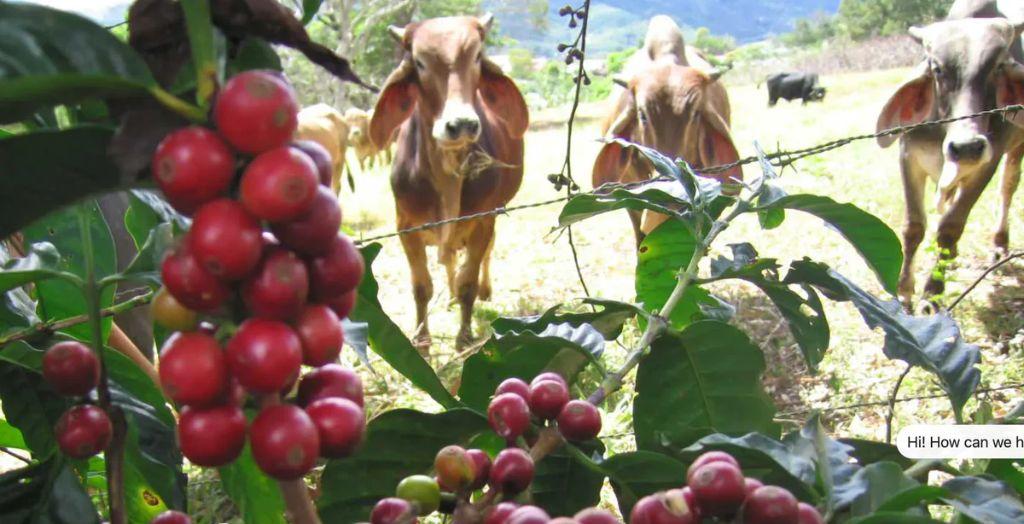
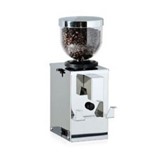







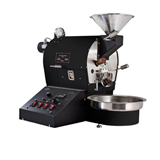



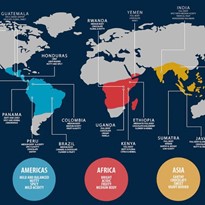


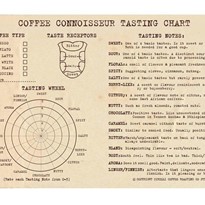



-205x205.jpg)
